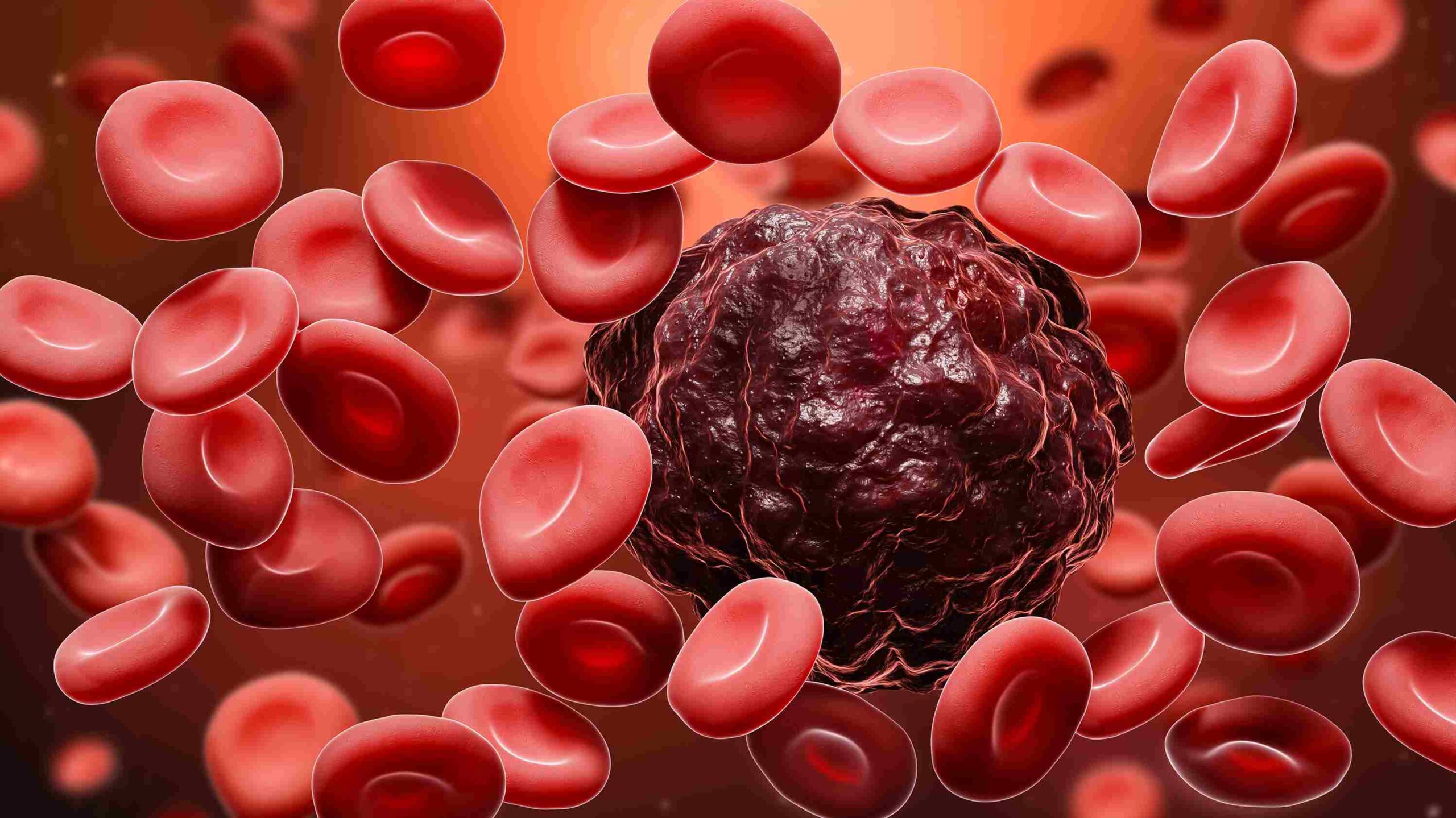Radioactive beads in the wrist that can fight liver cancer
Liver cancer patients are being spared overnight hospital stays and a painful recovery thanks to a procedure that injects tumour-fighting beads through the wrist. The beads – called microspheres – kill cancer cells by lodging in blood vessels near the tumour where they give off small amounts of radiation for several days. Previously, they reached […]

Liver cancer patients are being spared overnight hospital stays and a painful recovery thanks to a procedure that injects tumour-fighting beads through the wrist.
The beads – called microspheres – kill cancer cells by lodging in blood vessels near the tumour where they give off small amounts of radiation for several days.
Previously, they reached the liver via a long tube inserted through the groin, which involved an overnight hospital stay and a greater risk of internal bleeding. Patients also had to lie flat for six hours afterwards to avoid damaging blood vessels in the pelvic area.
But with the new procedure, which uses a long tube inserted in the wrist, patients can return home within two hours.
Anambra transport union rejects Govt’s tax enforcement team
Basketmouth’s ex-wife: Marry A Partner That is Kind To Your siblings, parents
“Patients would much rather be up and sitting in a chair straight afterwards than be lying down and unable to move,” says Dr Pavan Najran, consultant interventional radiologist at The Christie NHS Foundation Trust in Manchester who has been performing the procedure. “We hope more hospitals pick this up soon,” he said.
About 6,000 people in the UK are diagnosed with liver cancer every year – mostly aged over 60. Certain conditions can make you more likely to develop it, such as hepatitis, gallstones and diabetes.
However around half of cases are thought to be linked to lifestyle factors such as obesity and smoking. If the disease is found early, surgeons can cut out the tumour. Most patients have chemotherapy to kill the remaining cancer cells. But those deemed too unwell for chemotherapy or find that their cancer returns will then be offered radiotherapy.
With other cancers, a machine delivers beams of radiation to the affected area. But with liver cancer, a procedure known as selective internal radiation therapy, or SIRT, injects microspheres directly into the very small blood vessels that supply the liver tumours, releasing radiation that kills cancer cells.
“It means the radiation is more targeted, reducing the risk of damaging nearby areas – such as the kidneys or bladder,’ says Dr Najran. “We can also use higher doses of radiation because we’re not worried about affecting other organs.”
The traditional method of threading a thin tube called a catheter through the main artery in the groin – the femoral artery – until it reaches the liver, comes with risks. Moving the legs and groin can damage the sensitive blood vessels, causing major bleeding that requires further operation.
“It can be difficult to spot bleeding in the groin as the artery is deep within the body, so you don’t always get the distinctive bruising,” says Dr Najran. “If you don’t spot it quickly it can spread, leading to life-threatening complications.”
But with the new procedure, doctors insert the tube into the radial artery in the wrist, which branches off to meet other vessels that supply the liver. Studies show this can slash the risk of major bleeding in half. And three-quarters of patients prefer it, according to surveys.
Before the operation, patients are given medication to widen their blood vessels, making it easier for doctors to insert the tube.
When the two-hour procedure is over, patients can walk around and even use their hands. They are discharged later that day.
One patient to benefit is Heather Norgrove, 74, from the Midlands.
The grandmother-of-two was diagnosed with melanoma skin cancer in 2013. Treatment was initially successful, but years later a scan showed it had returned and reached her liver.
Last year, specialists referred Heather to The Christie for SIRT treatment where she underwent the traditional method, involving the artery in her groin. “The worst bit was lying there for hours,” she says. “I was desperate to go to the toilet and I couldn’t do anything.”
Last month, Heather was offered the chance to have the treatment via the radial artery in her wrist.
“It was amazing,” she says. “I got straight up afterwards. I was free to have something to eat and the side effects were minimal – my hand went numb and I had pins and needles, but that quickly passed.
“It was definitely worth it for the freedom,” she said.
– Mail Online
